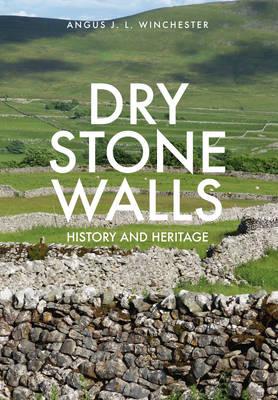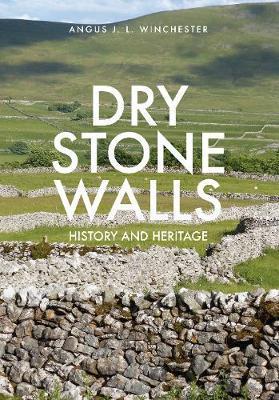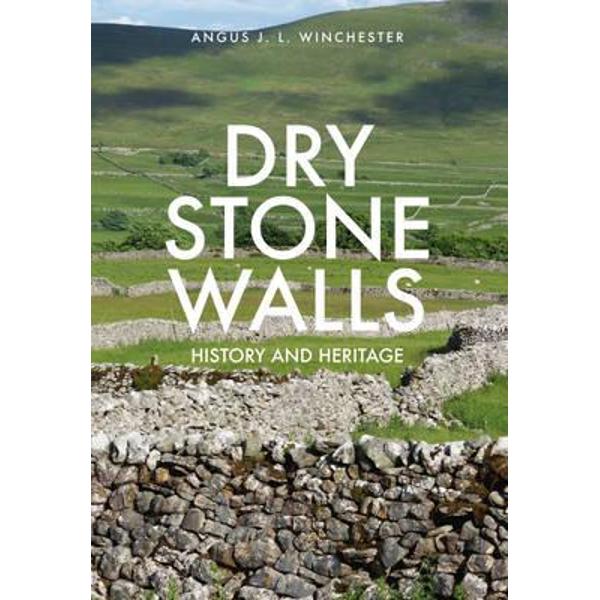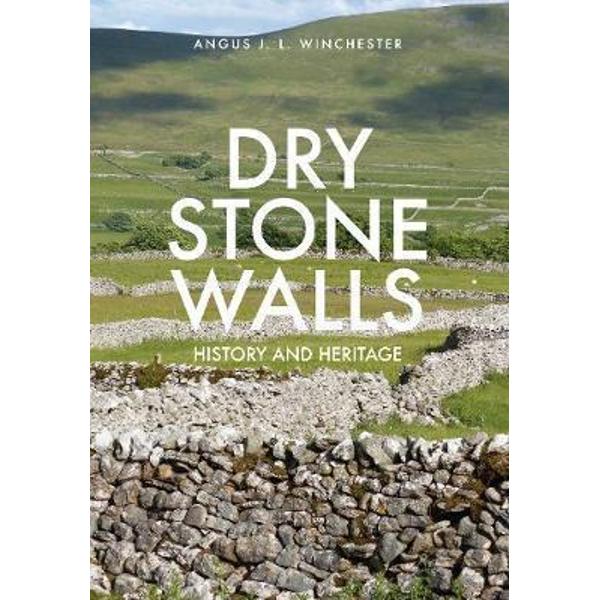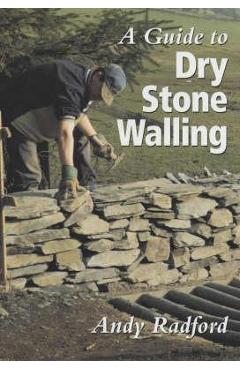Dry Stone Walls
Dry Stone Walls
The first part of the book traces the history of dry stone walls from medieval times to the present. The standard form of most dry stone walls probably dates from Tudor times but the great era of wall-building in the uplands took place comparatively recently, in the eighteenth and nineteenth centuries. There are numerous regional variations: `Galloway dykes' in south-west Scotland; stone slab fences, found from Orkney to mid-Wales; `consumption' walls, built to absorb vast quantities of stone from the fields.
The second part of the book looks at dry stone walls as part of Britain's cultural heritage. The walls themselves contain evidence of why they were built and how they functioned as part of the hill farming system. They sometimes preserve information about their builders and owners or evidence of lost features in the landscape.
PRP: 108.73 Lei
Acesta este Pretul Recomandat de Producator. Pretul de vanzare al produsului este afisat mai jos.
92.42Lei
92.42Lei
108.73 LeiLivrare in 2-4 saptamani
Descrierea produsului
The first part of the book traces the history of dry stone walls from medieval times to the present. The standard form of most dry stone walls probably dates from Tudor times but the great era of wall-building in the uplands took place comparatively recently, in the eighteenth and nineteenth centuries. There are numerous regional variations: `Galloway dykes' in south-west Scotland; stone slab fences, found from Orkney to mid-Wales; `consumption' walls, built to absorb vast quantities of stone from the fields.
The second part of the book looks at dry stone walls as part of Britain's cultural heritage. The walls themselves contain evidence of why they were built and how they functioned as part of the hill farming system. They sometimes preserve information about their builders and owners or evidence of lost features in the landscape.
Detaliile produsului









